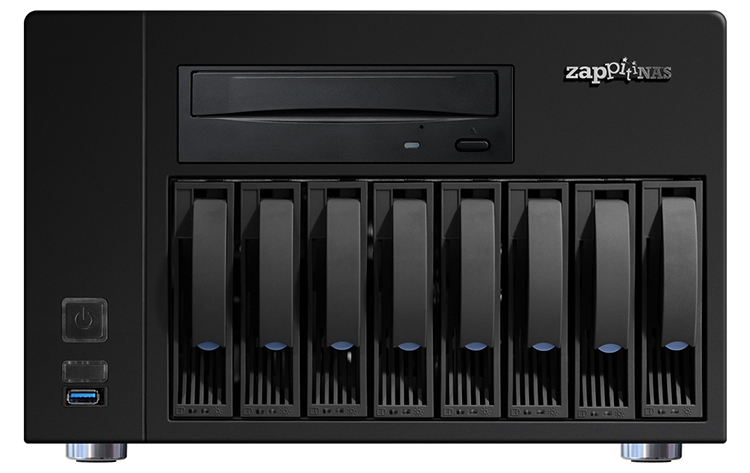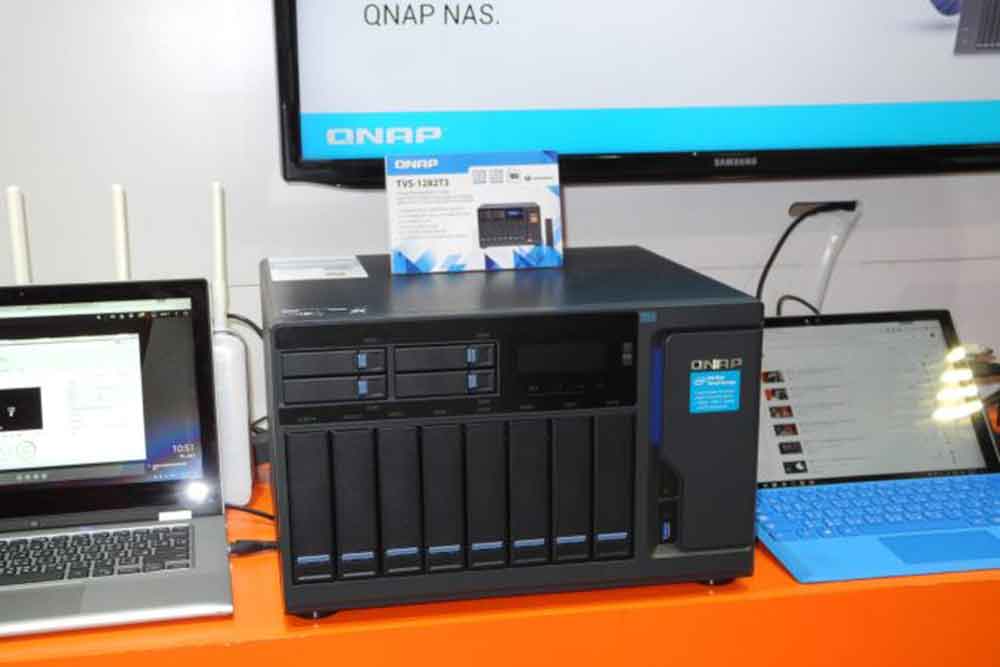

- Best nas for home movie storage and playback full#
- Best nas for home movie storage and playback plus#
NAS can be used to Mount HD video sources for players in the local area network. In addition to the daily functions, such as data storage, data backup and data transmission, more and more individual users are also using NAS to build home multimedia centers. PLC will ease the production of high capacity low cost SSDs however the drawbacks in terms of endurance, speed and reliability found in QLC will still persist.NAS devices are very easy to use and have good performance in scalability. With the capacity to store 5-bits per cell and up to 32 (2^5) levels, PLC is expected to knock down HDD’s last line of defense, namely high storage capacity at affordable prices. Penta-Level Cell (PLC): Announced in 2019, PLC has been hailed as the logical next step in solid state storage technology. However, the lower price comes at a cost in performance, reliability and endurance (up to 1K P/E). Among the 4 variants listed, it has the highest memory density and cheapest price. QLC stores 4-bits per cell and can take up to 16 levels of charge. Quadruple-Level Cell (QLC): Similarly to TLC, QLC is also commonly found in consumer grade products. The 3D variant can reach up to 3K P/E cycles. However a cheaper price and higher memory density make up for the drop in performance.

Commonly used for consumer grade products, TLC has a lower performance, reliability and endurance to the previous two. Triple-Level Cell (TLC): TLC stores 3-bits per cell for up to eight levels of charge. 3D NAND variants can reach P/E cycles in the range of 30K. Available both in 2D and 3D variants, MLC offers good performance, reliability and endurance at a cheaper price than SLC. Multi-Level Cell (MLC): MLC takes up to 2-bits per cell and four levels of charge. SLC is only available in 2D format and mostly used in enterprise setups. However, the memory density is the lowest among the variants and the price per GB is considerably higher than the other types. SLC NAND offers the highest performance, reliability and endurance (up to 100K P/E (program/erase) cycles). Single-Level Cell (SLC): They can only store one bit per cell and take up to two levels of charge. Adding bits to the cell increases the number of states a cell can have, thereby exponentially increasing its capacity.Īdditionally, the number of bits a cell contains serves as one of the primary ways to classify NAND Flash: Data is stored as bits in the cells, the bits represent an electrical charge contained within the cell that can be readily switched on and off by means of an electrical charge. Other features in include up to a 256MB buffer, with scalability up to eight drive bays in a multi-raid environment.Īnthony Spence, from SSD and memory specialist Silicon Power, answers this question.įlash memory cells are the basic building blocks of NAND Flash. It offers high performance at 7200 RPM with a large 128GB cache, and it’s driven by integrated RV sensors internally that mitigate the impact of rotational vibrations on components. Toshiba’s is pitching its N300, which has a 180TB/year workload rating, at small offices seeking high reliability in a NAS hard drive.
Best nas for home movie storage and playback full#
Read the full review: Seagate IronWolf Pro 20TB (opens in new tab) With data centre drives offering 550TB workload limits at a very similar price and with nearly identical performance, the IronWolf Pro might not be the best drive for the job, depending on your NAS profile.

The blot on this landscape is the yearly workload limit of 300TB, which could easily be eaten by regular integrity testing, not to mention actual use. So it’s a no-brainer for commercial and enterprise NAS to support the needs of creative professionals and large businesses, surely? All these advantages come at a price that is only marginally more than the 18TB option.
Best nas for home movie storage and playback plus#
On the plus side of this equation, the new IronWolf Pro 20TB is 2TB bigger than the 18TB model, about 25MB/s faster at reading and writing, and it's more power-efficient. But Seagate achieved this using CMR technology and by replacing the atmosphere inside the drive with Helium. The fact that it is possible to cram ten 2TB platters and 20 heads into a 3.5-inch drive package is pretty amazing.


 0 kommentar(er)
0 kommentar(er)
